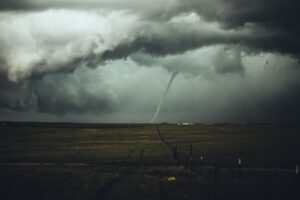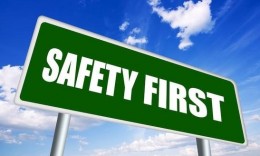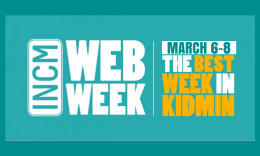Tips to Prepare for Natural Disasters

During an emergency is the worst time to prepare for one. That’s why an Emergency Action Plan (EAP) is essential to the overall safety of the children’s area. An EAP is a written guideline or procedure detailing how your organization intends to respond to different emergencies.
It’s important to note that emergency responses will be vastly different depending on the situation. For example, a fire versus a tornado. With fire, the goal is to evacuate everyone safely; whereas with a tornado, the objective is to get everyone inside the building as fast as possible. Even though these two emergencies are external, each will have a plan that depends on factors such as the facility’s design, hours of operation, and resource levels.
Here are some tips for managing emergencies outside your facility.
- Emergencies outside your facility may include a natural disaster such as a tornado, earthquake, or hurricane. Depending on your location, you will need to plan accordingly.
- Shelter in place means moving everyone indoors to a safe location such as a classroom, hall, conference room, cafeteria, locker room, or office.
- Lock all doors and windows, turn off heaters, air conditioners, and fans, focusing on any place where air can enter the building. This creates a better seal keeping outside debris from getting inside.
- Keep blankets, water, batteries, flashlights, nonperishable food items, first aid kits, and generators in a locked closet or cabinet marked with emergency instructions.
- Always have a radio or communication device fully charged that doesn’t depend on Wi-Fi readily available.
- Make sure to have a process to account for and identify kids, volunteers, staff, and others in the children’s area. This can be done manually or with an electronic solution.
- If possible, keep families informed when you are sheltered in place through text messaging, broadcast email, or an emergency alert system.
- Provide immediate access to information on emergency actions, instructions, and contact information for first responders, utility companies, poison control, leadership, facility management, and a locksmith.
- Hang printed maps of your location, campus, or building in areas where kids gather, such as classrooms, hallways, offices, and building entrances.
- Prepare for those with disabilities. Know what is required for them to shelter in place safely.
Click here for more information on improving child safety, subscribe to the KidCheck blog, or join our growing social community. We are on Twitter, Facebook, Pinterest, Instagram, and YouTube.
Click here to request a free children’s check-in demo. It’s an excellent way for organizations to see and learn the benefits of using secure children’s check-in.
Photo by Nikolas Noonan on Unsplash


